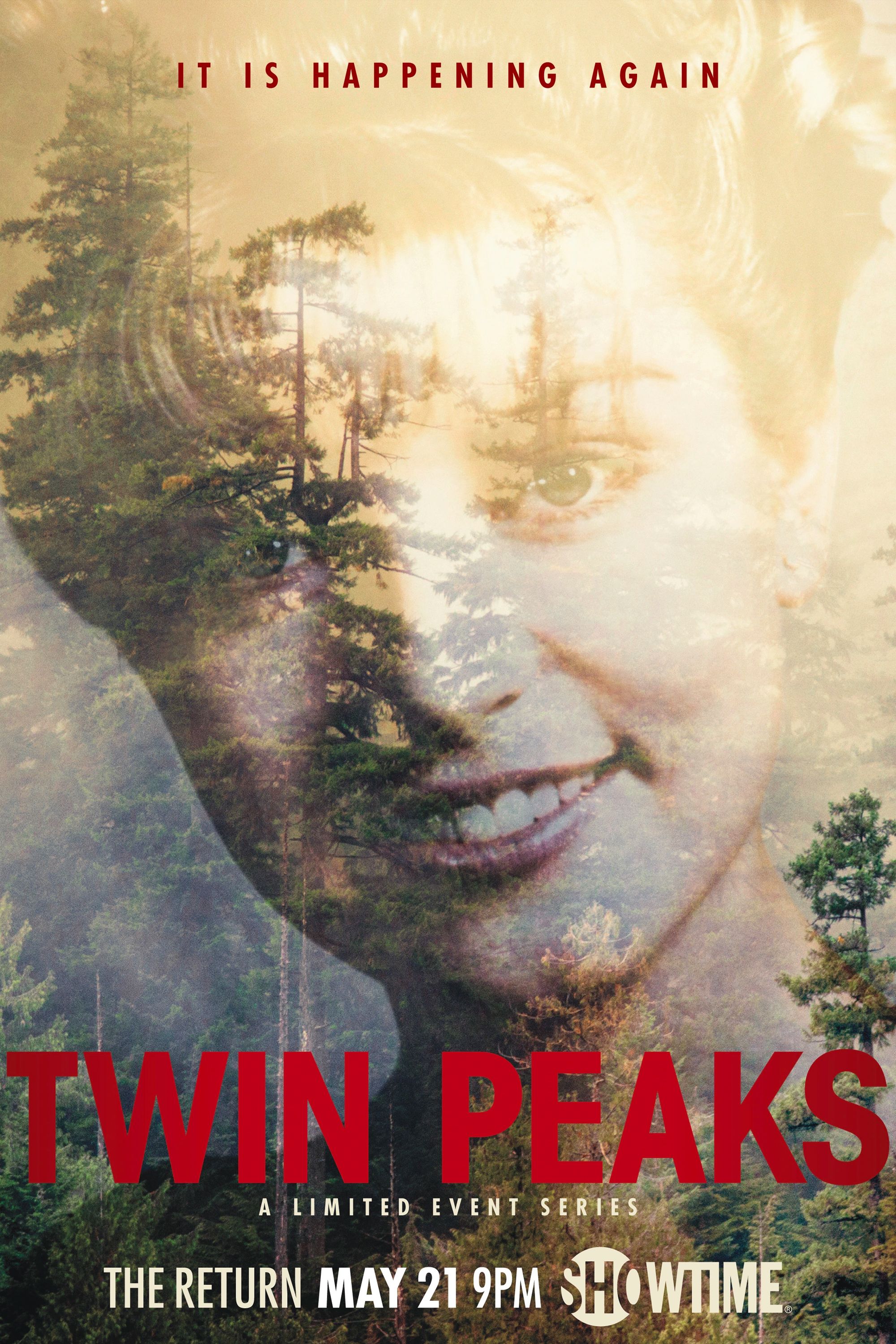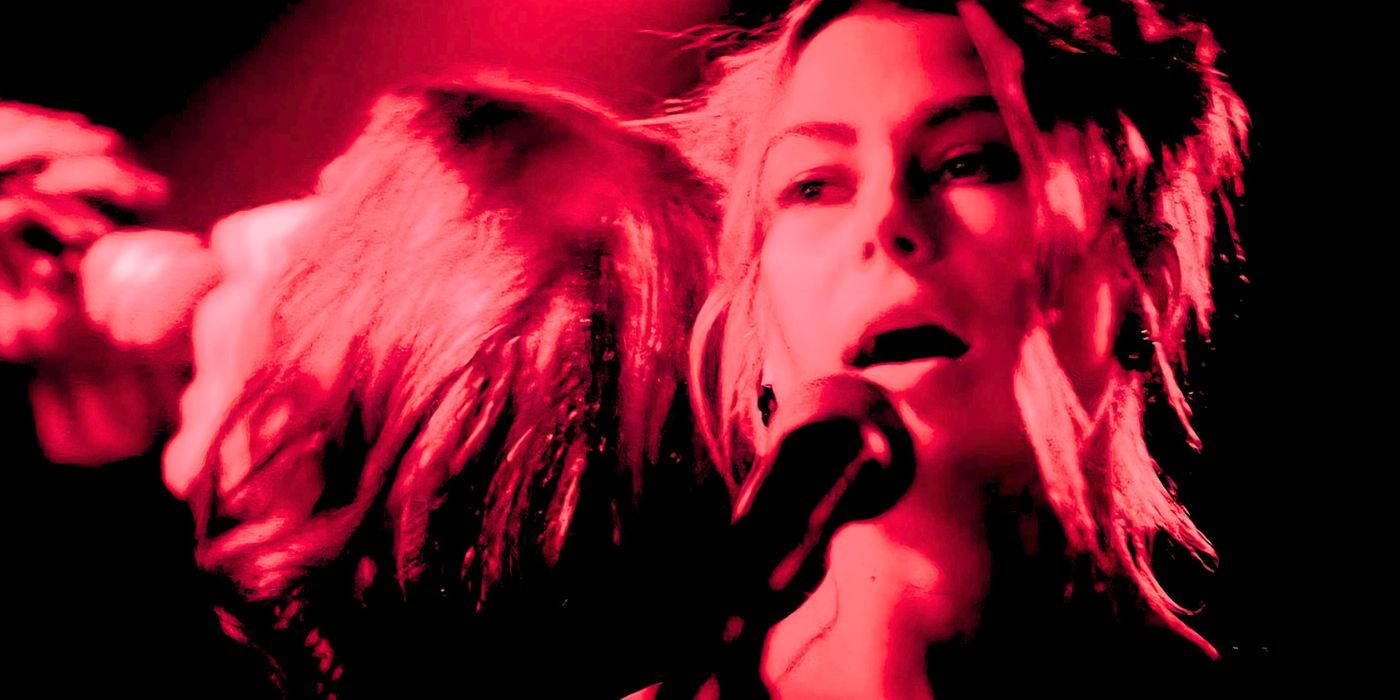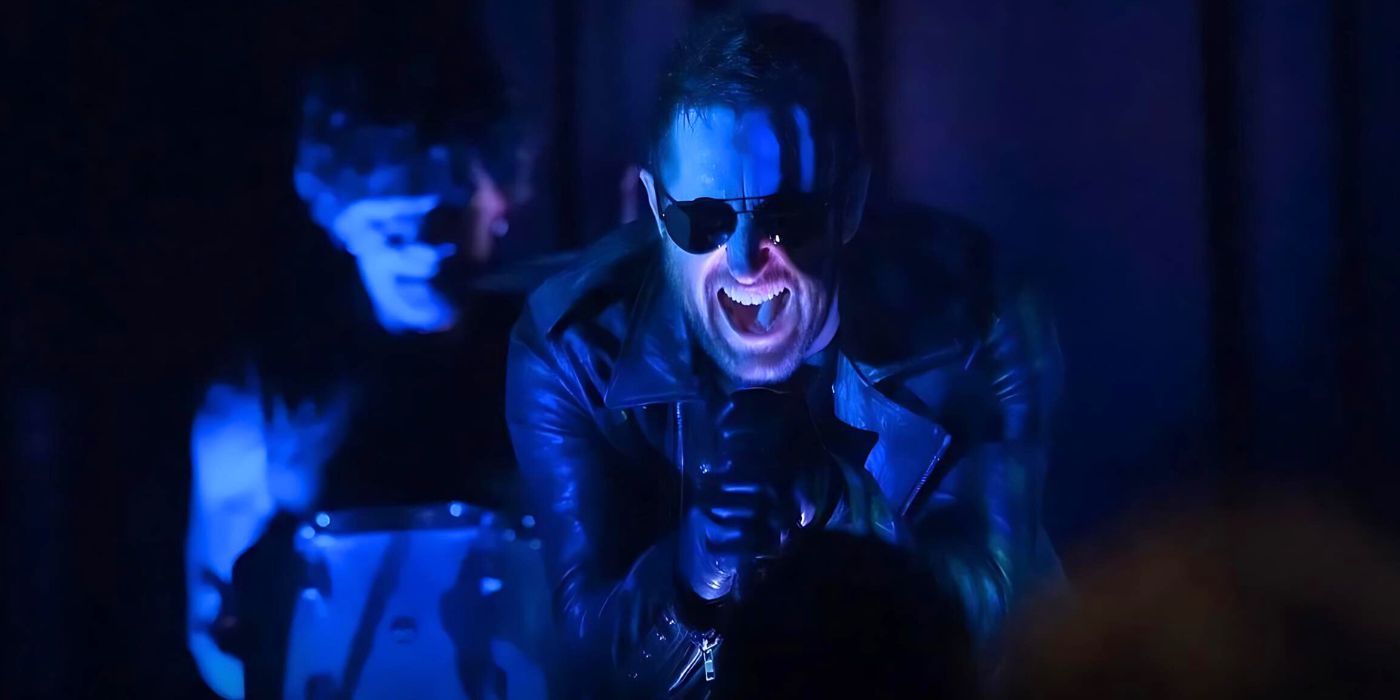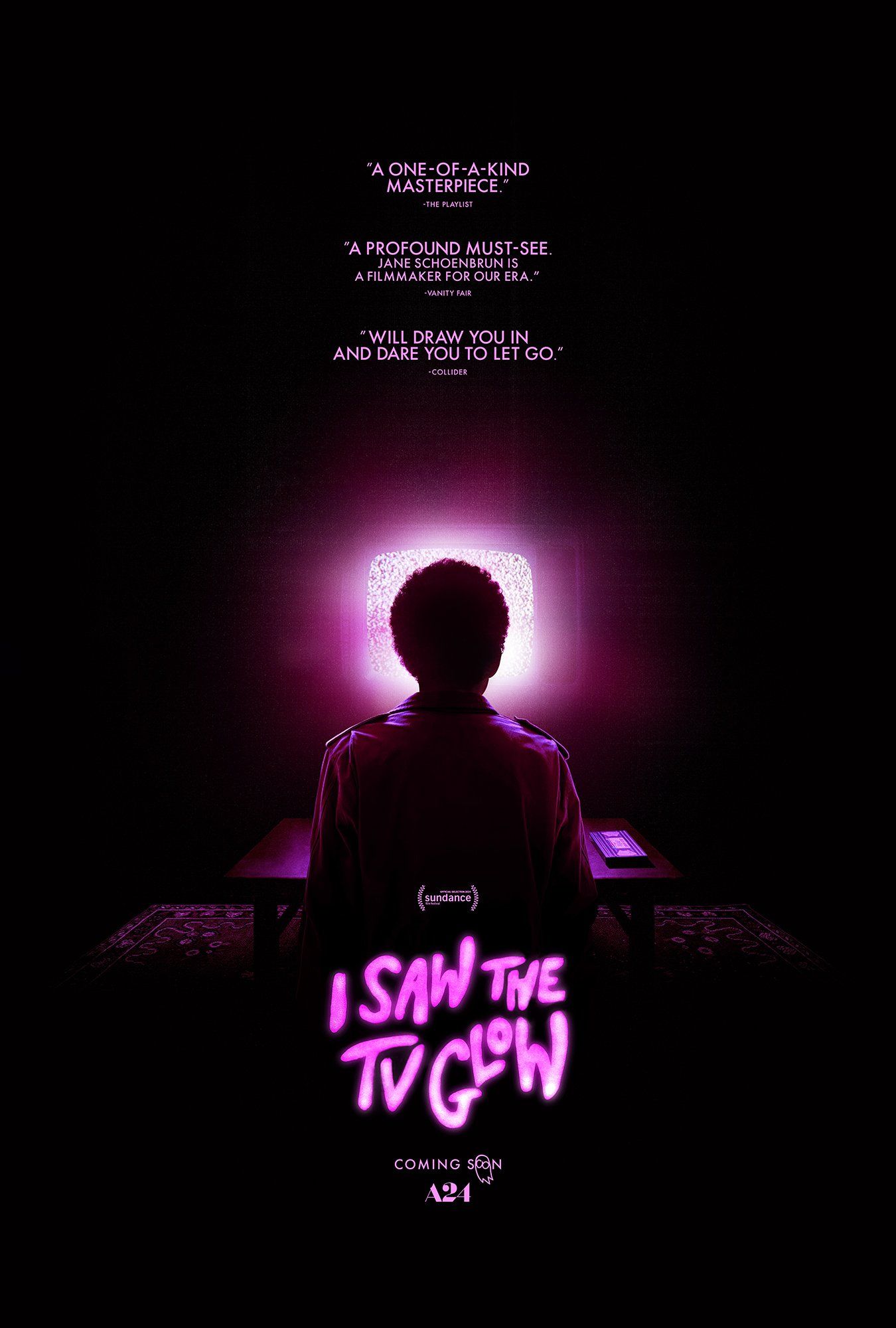One Of The Best Parts Of Twin Peaks Is Perfectly Revived In A24’s New Horror Movie With 85% On RT
Spoilers are ahead for I Saw the TV Glow.
Summary
-
I Saw the TV Glow
pays homage to ’90s cult classics like
Buffy
and
Twin Peaks
, adding authenticity to its storytelling. -
The Pink Opaque
bar in the film mirrors
Twin Peaks
‘ Roadhouse, functioning as a liminal space for the characters’ realities. - Director Jane Schoenbrun drew inspiration from
Twin Peaks
‘ original ending, using ’90s nostalgia and obsession with stories as a grounds for their queer allegory in
I Saw the TV Glow
.
Director Jane Schoenbrun has spoken at length about the 1990s pop-cultural touchstones that inspired their latest movie, I Saw the TV Glow. From Buffy the Vampire Slayer and Are You Afraid of the Dark? to David Lynch’s Twin Peaks, I Saw the TV Glow pulls from some of the ’90s most beloved cult classics, but it does more than just pay homage. In the film, teenagers Owen (Justice Smith) and Maddy (Brigette Lundy-Paine) are obsessed with The Pink Opaque, a supernatural young-adult show that centers on chosen one-style heroes, Tara (Lindsey Jordan) and Isabel (Helena Howard).
A monster-of-the-week series about empowered young women, The Pink Opaque bears a striking resemblance to Buffy. According to Maddy’s beloved official Pink Opaque episode guide, one of the TV series’ key locations is a bar that features a new double-bill of musical acts each episode. For Buffy the Vampire Slayer fans, the small detail immediately conjures thoughts of The Bronze, Sunnydale’s most popular nightclub. However, when Owen and Maddy end up reuniting at (seemingly) that very same Pink Opaque bar at the edge of their hometown, it feels much more like a place from Twin Peaks.
The Bar In I Saw The TV Glow Is Very Similar To The Roadhouse From Twin Peaks: The Return
Twin Peaks’ Roadhouse Has Always Been A Strange Place
A popular tavern situated in the fictional Washington lumber town of Twin Peaks, the Roadhouse — formerly known as The Bang Bang Bar thanks to its iconic red-neon sign — is a key location in all three seasons of David Lynch and Mark Frost’s hit show. While the Roadhouse feels more like a town bar in the first two seasons of Twin Peaks, and even the prequel film, Twin Peaks: Fire Walk with Me, the location takes on a much more surreal role in 2017’s Twin Peaks: The Return, with the Roadhouse sequences often feeling disconnected from the larger story at hand.
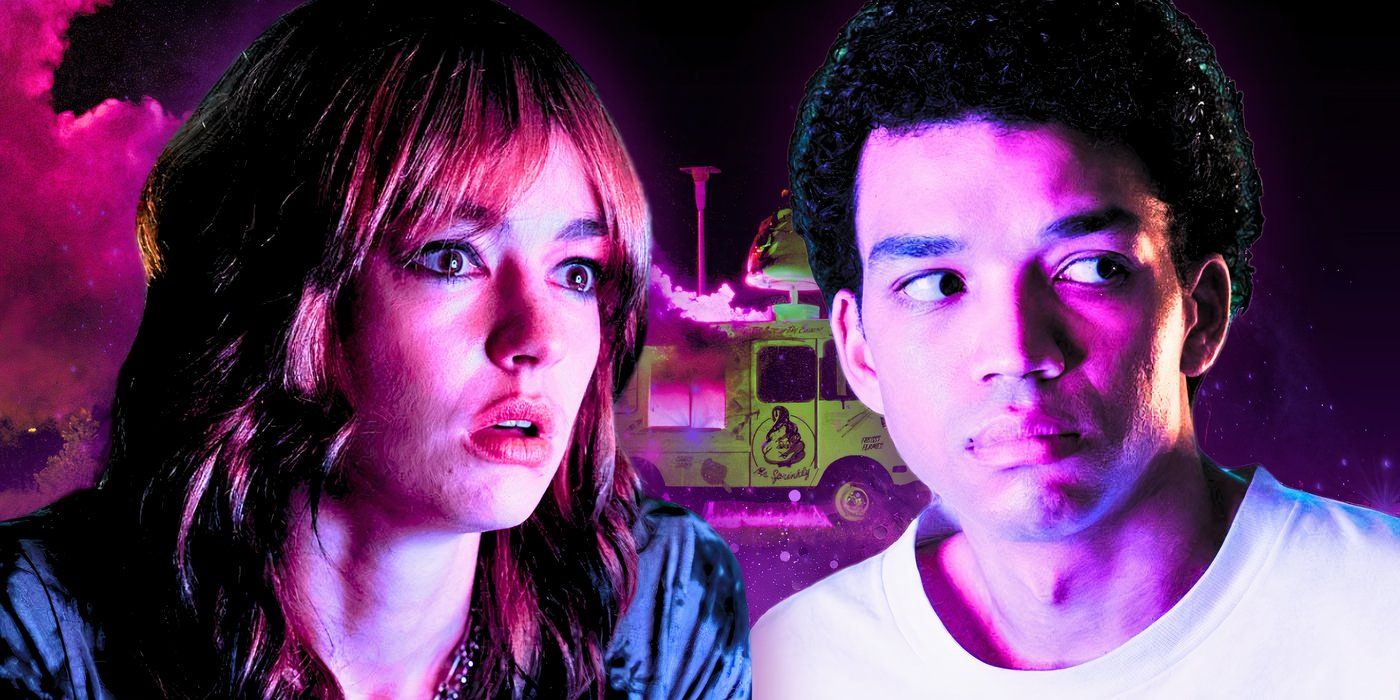
Related
I Saw The TV Glow Cast & Character Guide
The A24 psychological horror film I Saw the TV Glow revolves around two friends who spiral when their favorite show is canceled – who is in the cast?
Even in the original
Twin Peaks
, the Roadhouse bar was… a place where the residents of interdimensional realms spilled into the real world.
Full of non sequiturs, random character introductions or “B” plots, and, of course, iconic musical performances from real-life bands and musicians, the Roadhouse is one of the more perplexing elements of The Return. Even in the original Twin Peaks, the Roadhouse bar was a meeting place for the town’s residence and a place where the residents of interdimensional realms spilled into the real world. That said, when Maddy resurfaces years after her disappearance and brings Owen to a strange, dreamy bar on the edge of town, it’s hard not to compare I Saw the TV Glow to Twin Peaks.
How I Saw The TV Glow Is Inspired By Twin Peaks
Director Jane Schoenbrun Was Heavily Inspired By Twin Peaks’ Original Ending
There’s no denying that A24’s horror film will thrill Twin Peaks fans. The film’s director, Jane Schoenbrun, even recalled how the finale of Twin Peaks season 2 has long been “lodged” in their subconscious and how “part of the inception of ‘I Saw the TV Glow’ is wanting Dale Cooper to get out of the lodge” (via IndieWire). Of course, that’s not where the similarities and inspirations end. The bar on the outskirts of Owen’s hometown not only bears the same name as the bar from The Pink Opaque, but it functions much the same way Twin Peaks‘ Roadhouse does.
…King Woman takes the stage, howling into the mic as Owen’s reality unravels.
Maddy explains that their real lives are the stories of The Pink Opaque, and that their awful suburban childhoods were fake lives they were forced to lead. Things get more complicated as Maddy’s story starts to blend with the events of The Pink Opaque‘s series’ finale. While Maddy’s story unearths long-buried memories and truths for Owen, musicians perform on the bar’s stage. First, Sloppy Jane and Phoebe Bridgers perform a haunting song from I Saw the TV Glow‘s soundtrack, and then King Woman takes the stage, howling into the mic as Owen’s reality unravels.
The Roadhouse in Twin Peaks operates as a liminal place that allows the show to explore its surreal elements and themes.
The bar functions as the perfect crossroads between Owen’s various potential realities or lives. The finale of The Pink Opaque implies that Owen is an unconscious Isabel, further hinting at the trans identity that Owen refuses to look at — let alone embrace. Similarly, the Roadhouse in Twin Peaks operates as a liminal place that allows the show to explore its surreal elements and themes. In The Return in particular, bands like The Chromatics and Nine Inch Nails perform songs in their entirety, reinforcing how the Roadhouse taps into the emotional undercurrent of the mysteries unfolding in Twin Peaks.
I Saw The TV Glow’s Inspirations & References Make The Movie Even Better
Paying Homage To ’90s Touchstones Adds Authenticity To I Saw The TV Glow
From the Roadhouse-like bar to I Saw the TV Glow‘s ending, which is as harrowing and surreal as any David Lynch film, the A24 film is made even better by being in direct conversation with inspirations like Twin Peaks. The inter-texuality adds a kind of meta quality to the ’90s-set I Saw the TV Glow: it’s directly influenced by touchstones from the 1990s but, somehow, it feels like it could also be one. By tapping into the menace of works like Twin Peaks (a cult show like The Pink Opaque), the movie grounds its more unreal moments.
I Saw the TV Glow
is now playing in theaters.
Source: IndieWire




